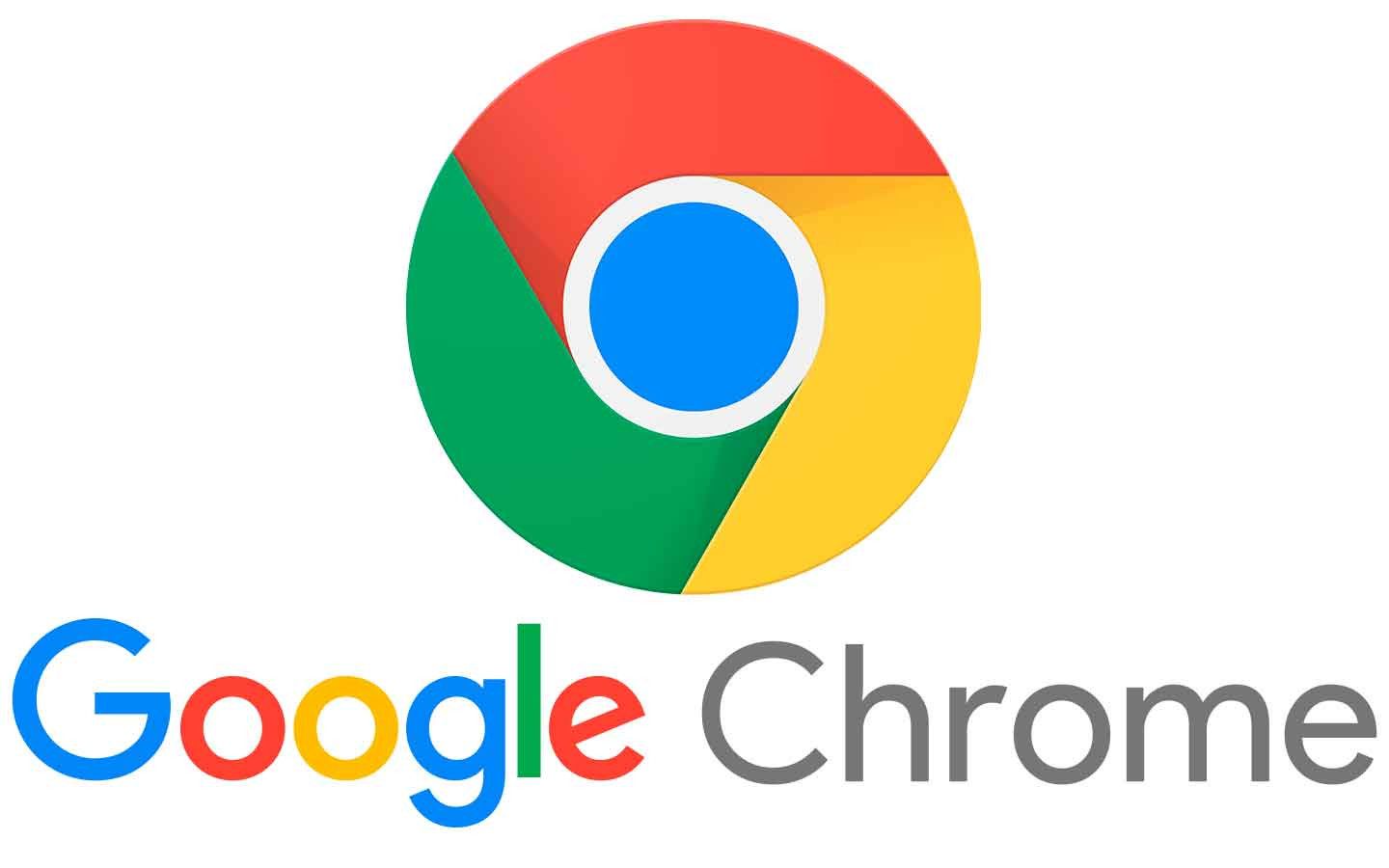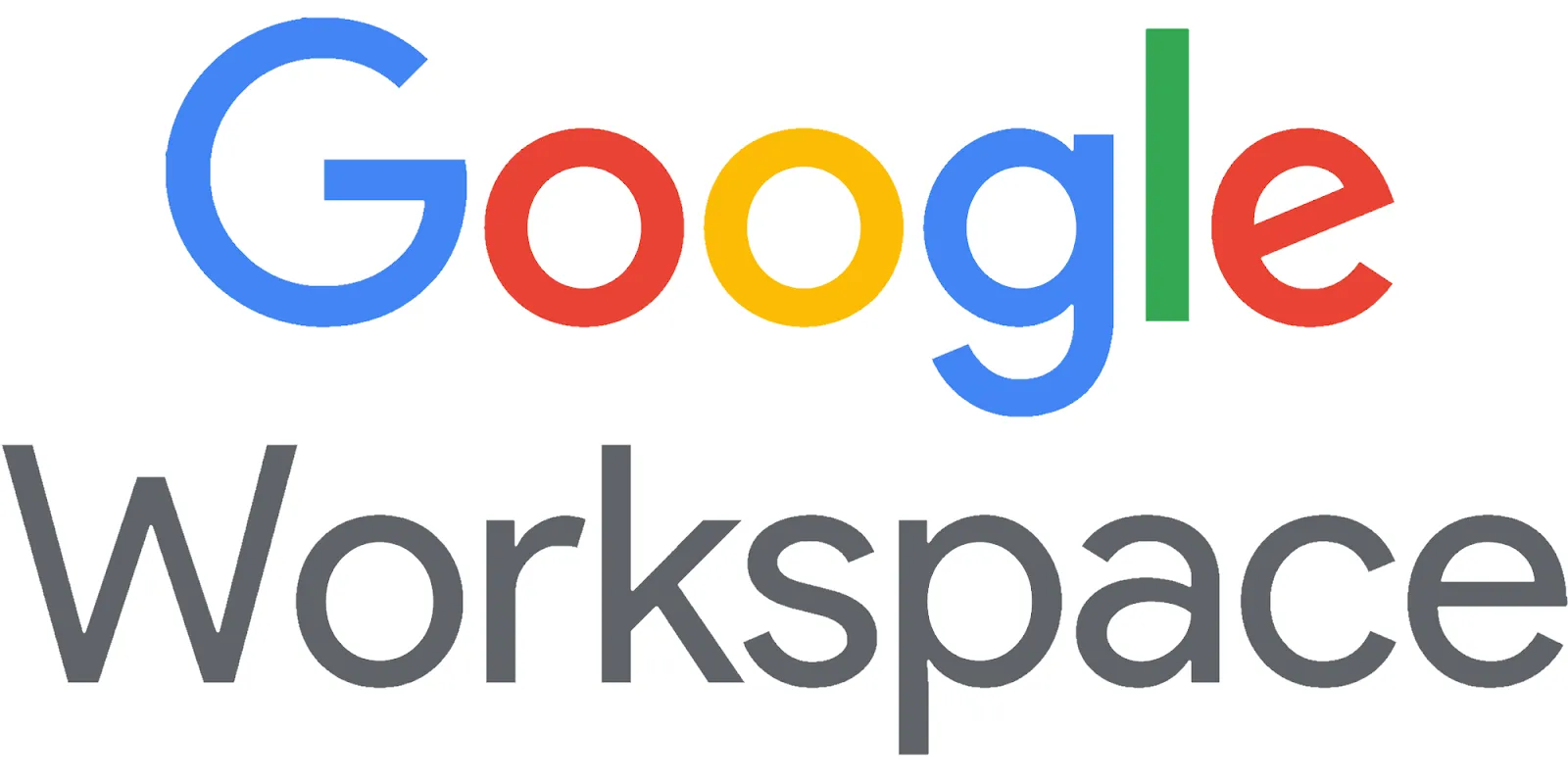Strategies to Increase Conversion Rates with Google Ads

Strategies to Increase Conversion Rates with Google Ads
In the competitive landscape of digital marketing, maximizing your conversion rates is crucial for achieving business success. Google Ads offers a powerful platform for driving traffic to your website, but without a well-structured strategy, your efforts may not yield the desired results. This article will explore effective strategies to enhance conversion rates with Google Ads, helping you turn clicks into customers.
1. Define Clear Goals
Before launching any Google Ads campaign, it’s essential to define clear and measurable goals. Consider the following:
- Identify Your KPIs: Determine key performance indicators (KPIs) such as conversion rate, cost per acquisition (CPA), and return on ad spend (ROAS).
- Set Specific Targets: Establish specific targets for each campaign, such as a desired conversion rate or a maximum CPA.
- Focus on User Intent: Understand the intent behind user searches to align your goals with their needs and expectations.
2. Optimize Your Landing Pages
Your landing pages play a crucial role in converting visitors into customers. Consider the following optimization techniques:
- Ensure Relevance: The content of your landing page should match the ad copy and keywords, providing a seamless experience for users.
- Improve Loading Speed: Optimize your landing pages for speed to reduce bounce rates and enhance user experience.
- Utilize Clear Calls to Action (CTAs): Make your CTAs prominent and persuasive, guiding users towards the desired action.
- A/B Testing: Conduct A/B tests on different landing page elements (headlines, images, CTAs) to identify what resonates best with your audience.
3. Target the Right Audience
Effective audience targeting can significantly improve conversion rates. Consider these targeting options:
- Utilize In-Market Audiences: Target users who are actively researching or considering purchasing products or services similar to yours.
- Leverage Remarketing: Re-engage users who have previously interacted with your website, reminding them of your offerings.
- Create Custom Audiences: Use customer data to create tailored audiences based on demographics, interests, and behavior.
4. Craft Compelling Ad Copy
Your ad copy should capture attention and encourage clicks. Here are some tips for creating compelling ads:
- Highlight Unique Selling Propositions (USPs): Clearly communicate what sets your product or service apart from the competition.
- Use Emotional Triggers: Appeal to the emotions of your audience by addressing their pain points and desires.
- Incorporate Strong CTAs: Use action-oriented language to prompt users to take the desired action, such as "Buy Now" or "Sign Up Today."
- Utilize Ad Extensions: Enhance your ads with extensions like site links, callouts, and structured snippets to provide additional information and encourage clicks.
5. Monitor and Analyze Performance
Regularly monitoring and analyzing your campaign performance is crucial for identifying areas of improvement. Focus on the following:
- Review Conversion Tracking: Set up conversion tracking to measure which ads and keywords drive the most conversions.
- Analyze Audience Insights: Utilize audience insights from Google Ads to understand which demographics are converting and adjust your targeting accordingly.
- Monitor Quality Score: A higher Quality Score can lead to lower costs per click and improved ad placements. Regularly assess and optimize your ads to maintain a strong Quality Score.
6. Experiment with Bid Strategies
Experimenting with different bidding strategies can impact your conversion rates. Consider these options:
- Target CPA Bidding: Use Target CPA bidding to set a maximum CPA you’re willing to pay for conversions, allowing Google to optimize your bids for conversions.
- Maximize Conversions: This strategy automatically sets your bids to help you get the most conversions within your budget.
- Enhanced CPC: Use Enhanced CPC to adjust your manual bids based on the likelihood of conversion, optimizing your strategy over time.
7. Continuous Improvement
Conversion rate optimization is an ongoing process. Stay proactive by:
- Regularly Updating Ad Copy: Refresh your ad copy and visuals periodically to prevent ad fatigue and keep your audience engaged.
- Staying Informed on Industry Trends: Keep up with industry trends and Google Ads updates to leverage new features and strategies effectively.
- Soliciting Customer Feedback: Gather feedback from customers to understand their experience and identify areas for improvement.
Conclusion
Increasing conversion rates with Google Ads requires a comprehensive approach that includes defining clear goals, optimizing landing pages, targeting the right audience, crafting compelling ad copy, monitoring performance, experimenting with bidding strategies, and committing to continuous improvement. By implementing these strategies, businesses can enhance their Google Ads campaigns and achieve greater success in converting visitors into loyal customers.
Related Articles
- What is Google Ads? Basic Information and Introduction
- Keyword Research: Best Practices for Google Ads
- Tips for Writing Google Ads Copy
- Understanding Your Target Audience: More Effective Advertising with Google Ads
- Google Ads and SEO: Balancing the Two for Effective Online Marketing
- Strategies to Increase Conversion Rates with Google Ads
- Remarketing: Targeting Previous Visitors with Google Ads
- Monitoring and Reporting Google Ads Performance
- The Quality Score of Google Ads and Its Importance
- A Guide to Using Google Ads for Local Businesses
- Mobile Advertising: Targeting Mobile Users with Google Ads
- E-commerce and Google Ads: How to Promote Your Products?
- Budget Management with Google Ads: Optimizing Advertising Expenses









Comments
Post a Comment